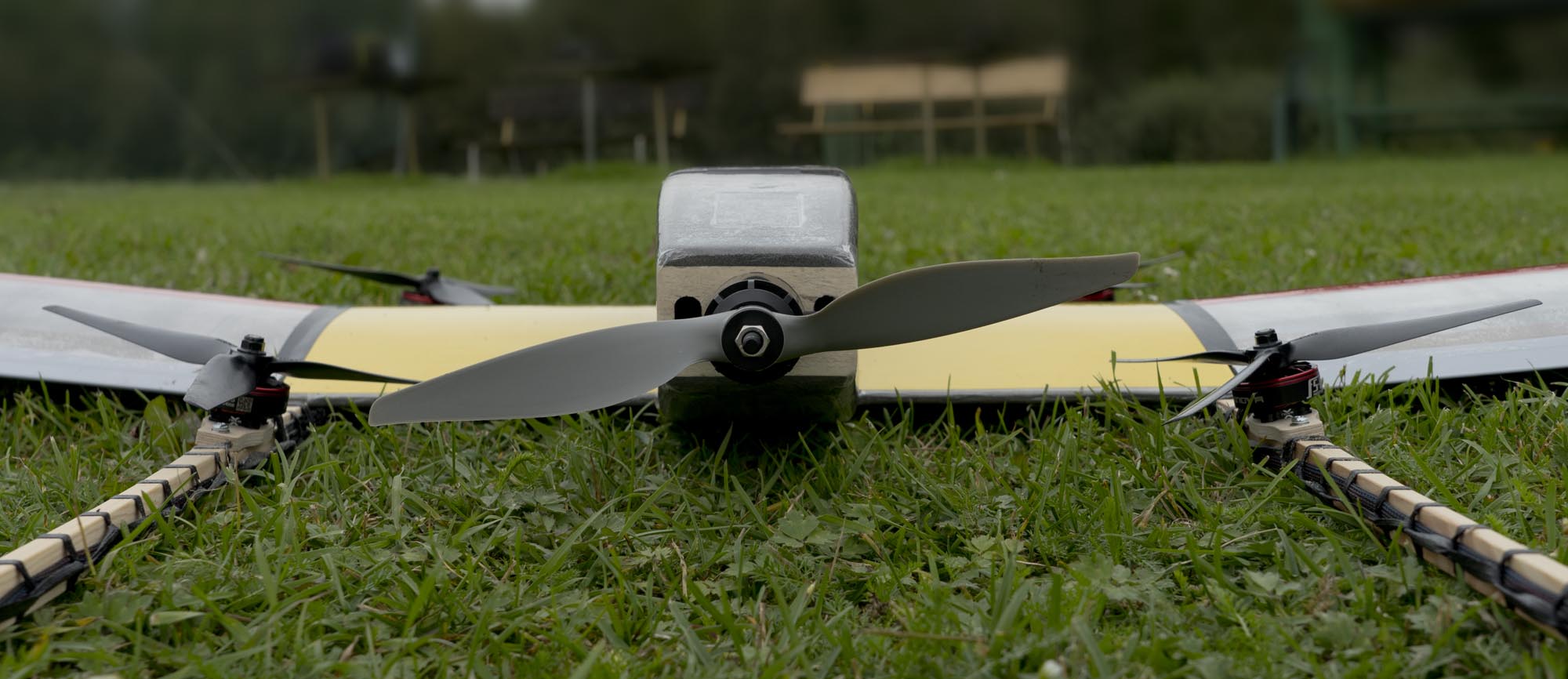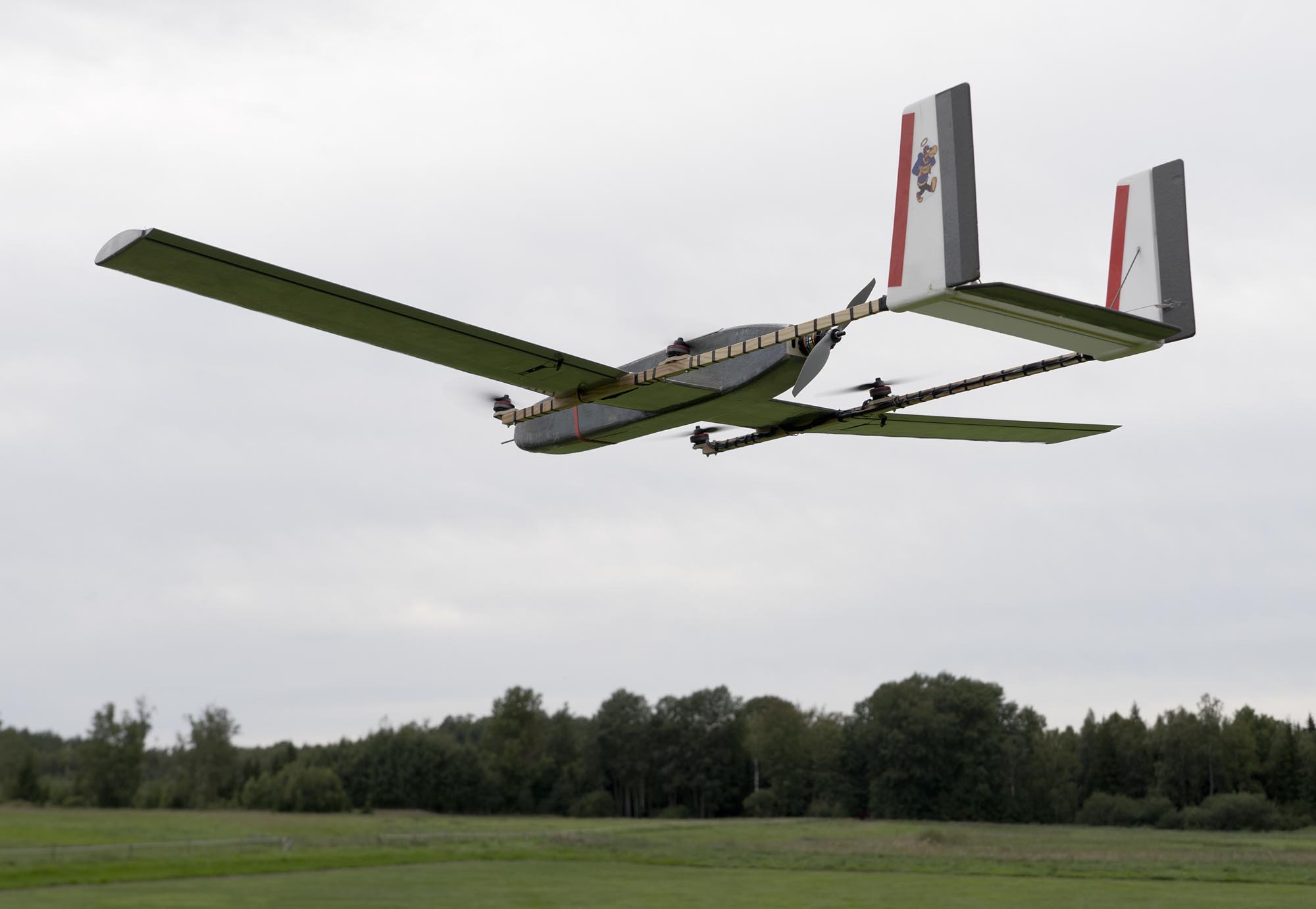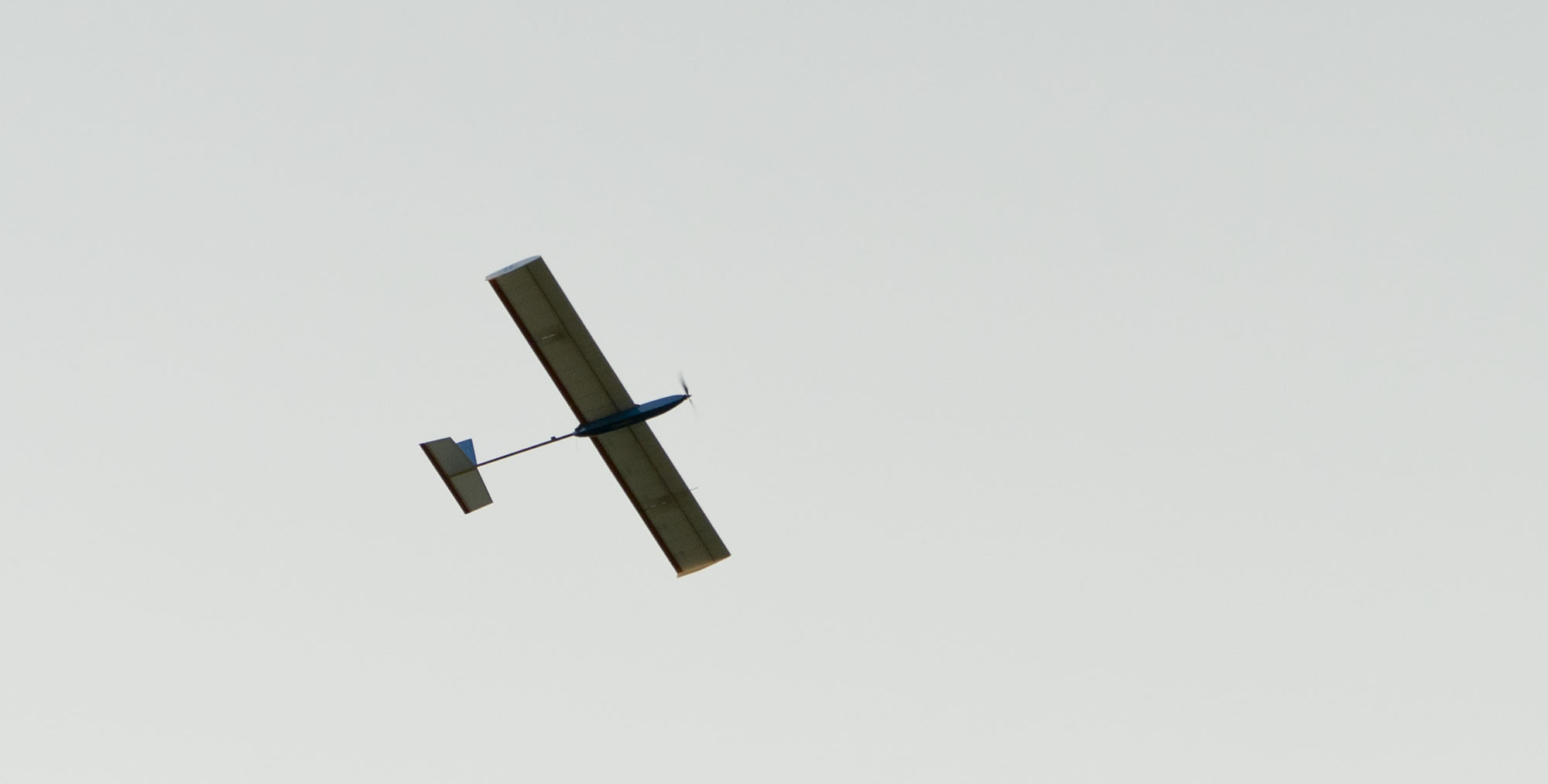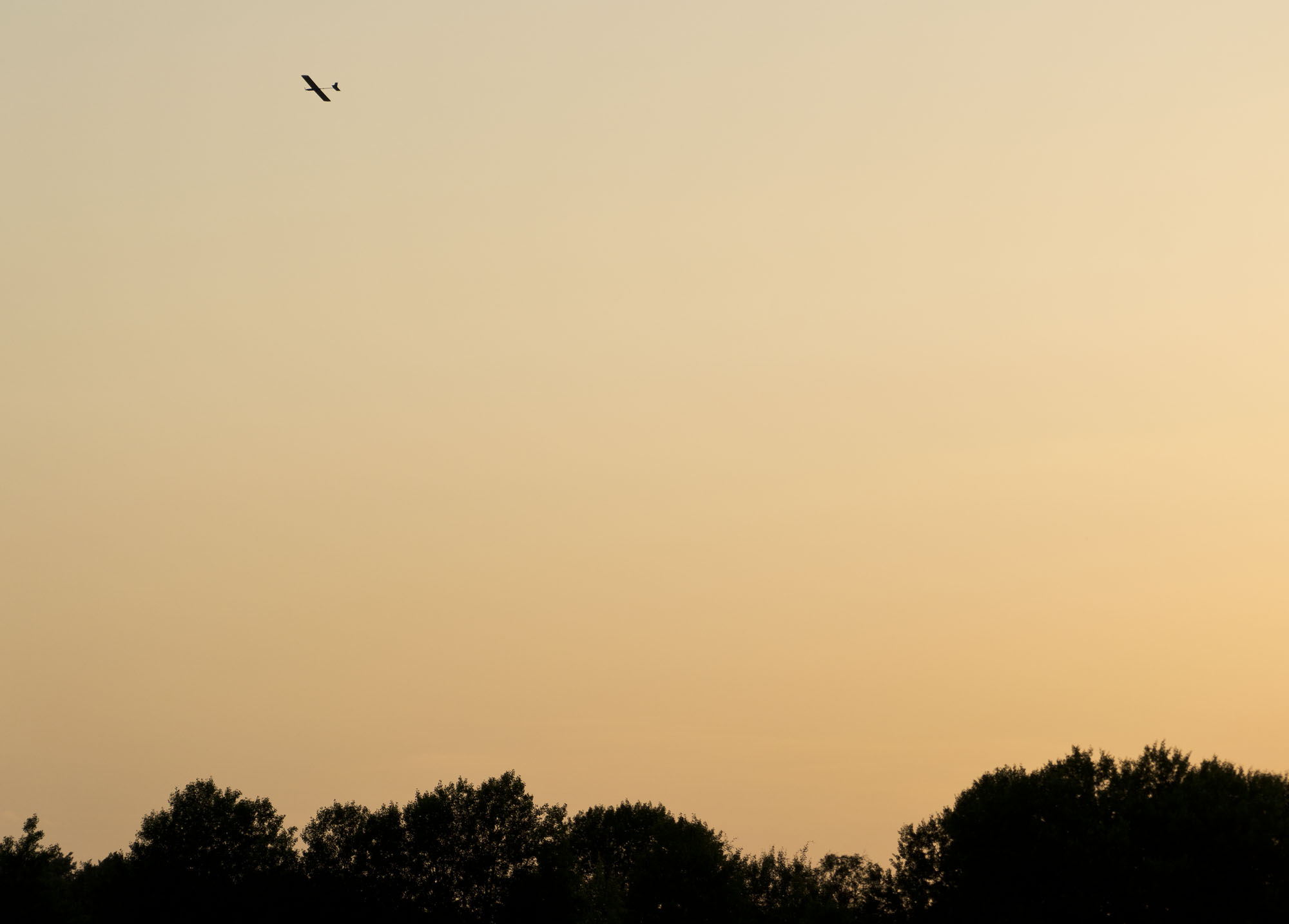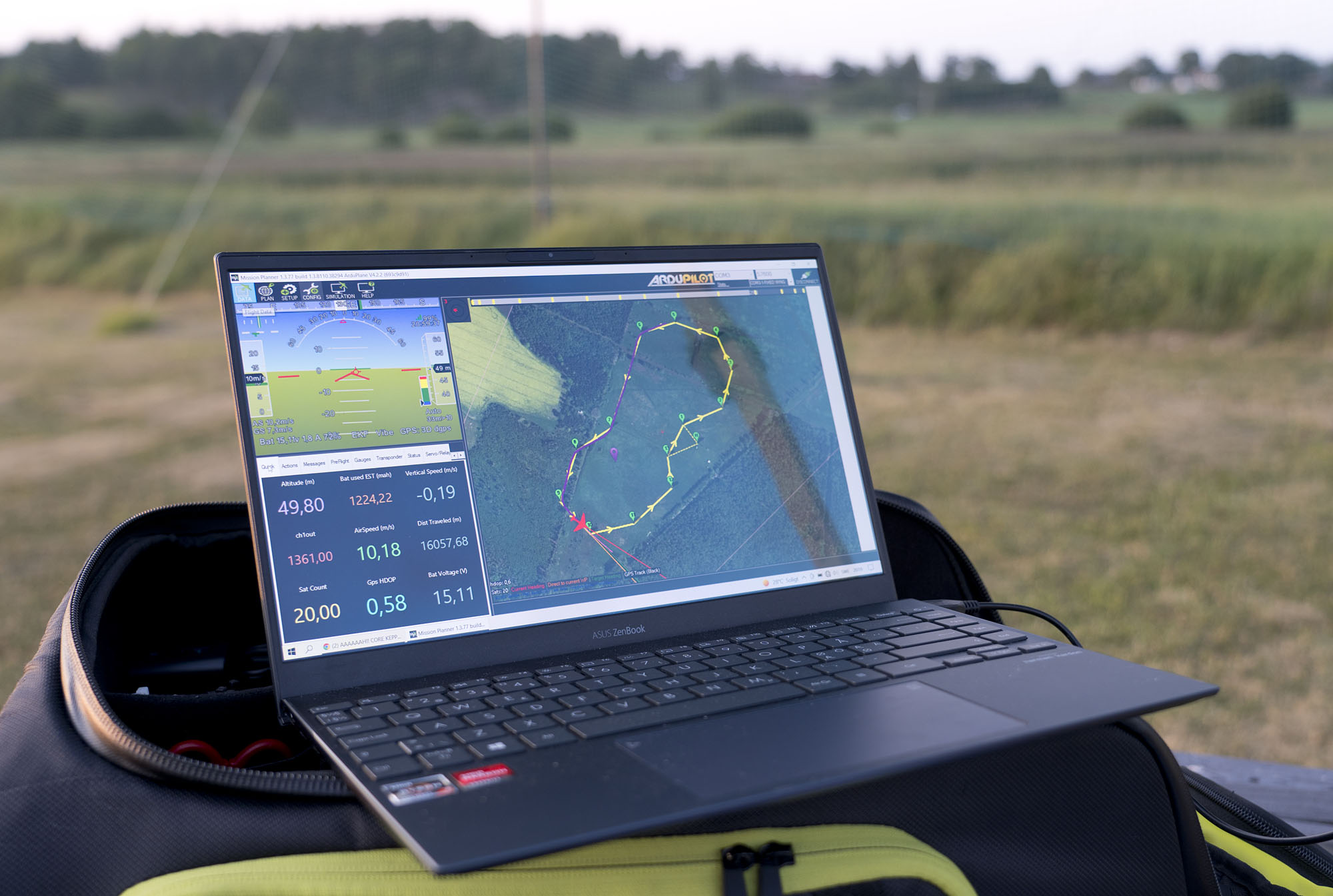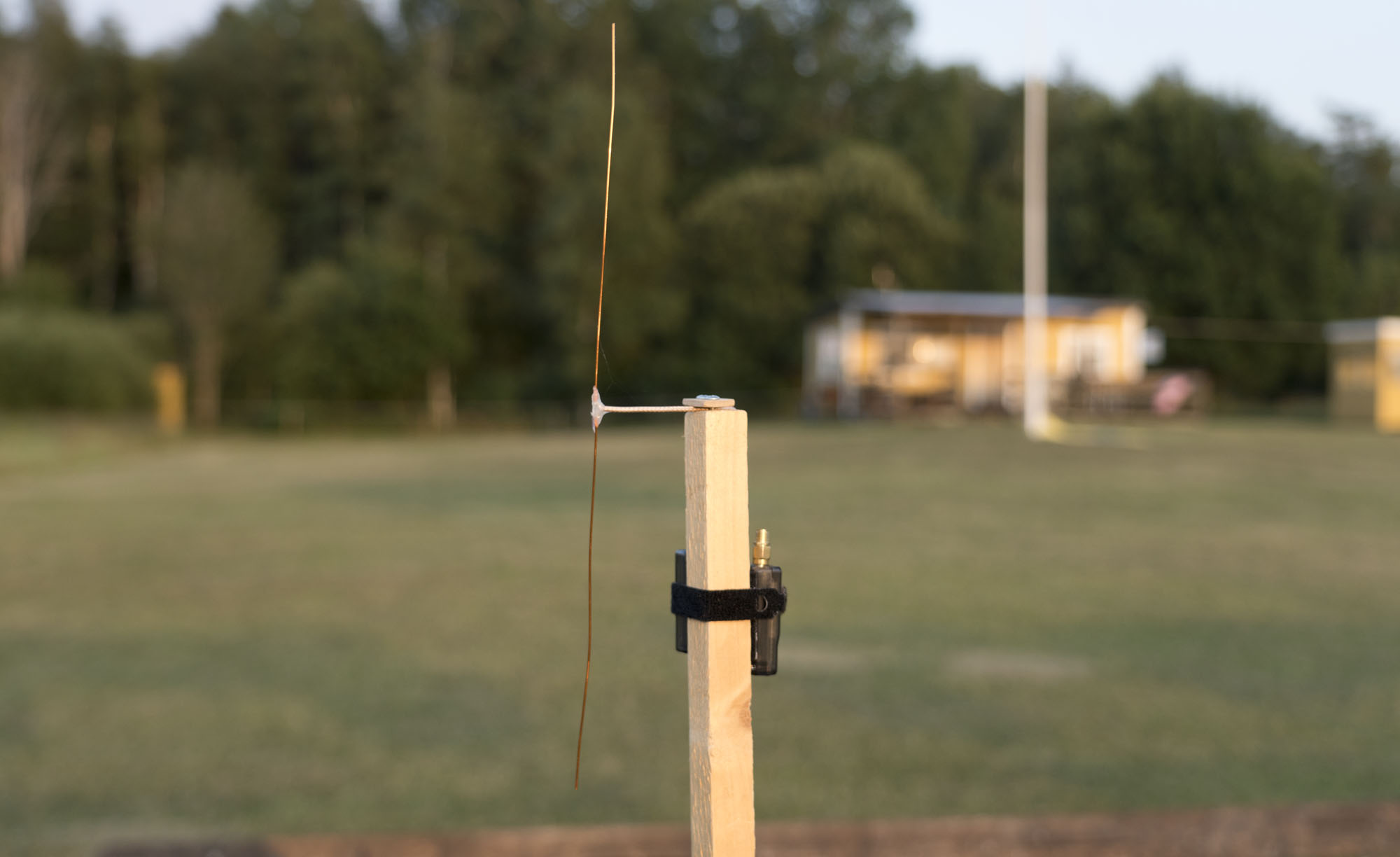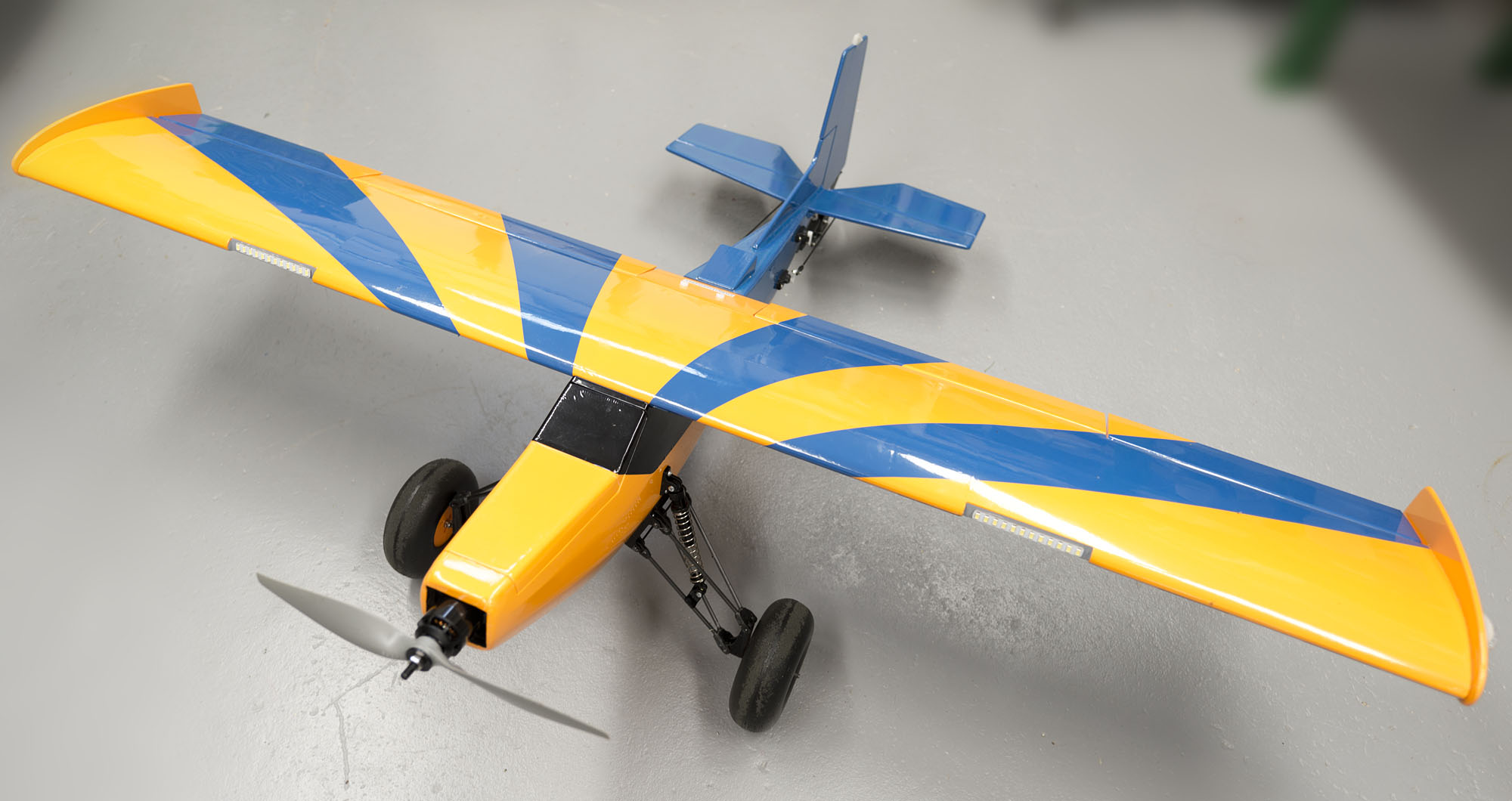Here is a video of a Vertical TakeOff and Landing airplane I built using the ArduPilot software. This is a fast prototype build using cheap materials to test the concept and learn as much as possible about ArduPilot quadplanes and this kind of aircraft in general. I intend to build a better and more capable VTOL plane in the future with what I learn from this.
This plane was built in around 3 veeks from start to finnish. Using mostly depron foam and som wooden parts. The tail-booms and wign spars are made out of wood. I used a Mateksys H743-WING V3 flight controller running ArduPlane. To this a have connectad a Mateksys AP_Periph CAN node with a M10Q GPS with compass and an ASPD-4525 digital airspeed sensor. Using a CAN-node for this was not necessary here, but I wanted to try it to learn about it. The lift motors are of “cine-lifter size”, spinning 8-inch 3-blade propellers, and driven by a 4in1 BLheli32 ESC. The propulsion motor is a slightly to powerful Emax I had laying around. I also used old servos I hade laying around, and a split elevator control surface for redundancy.
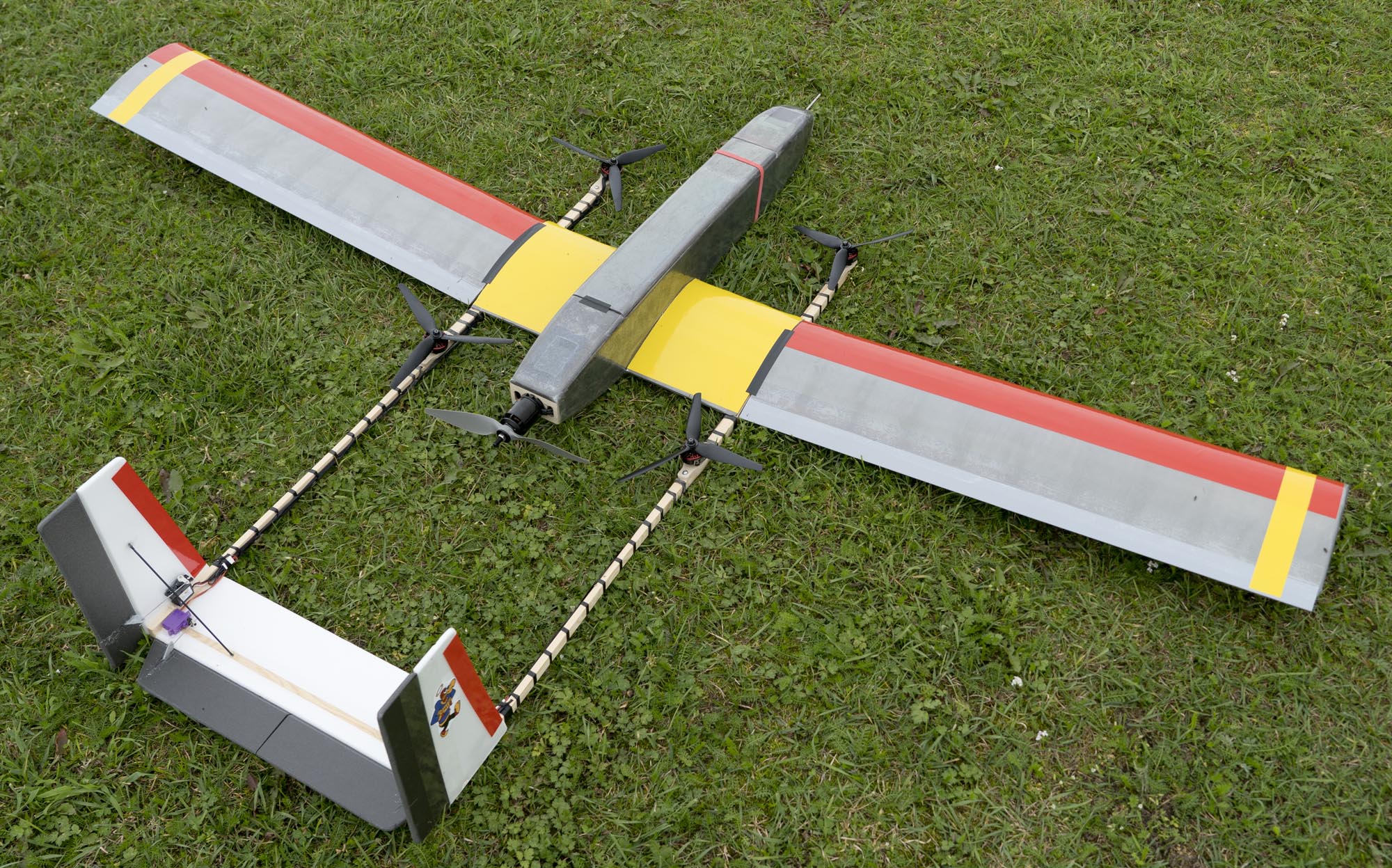
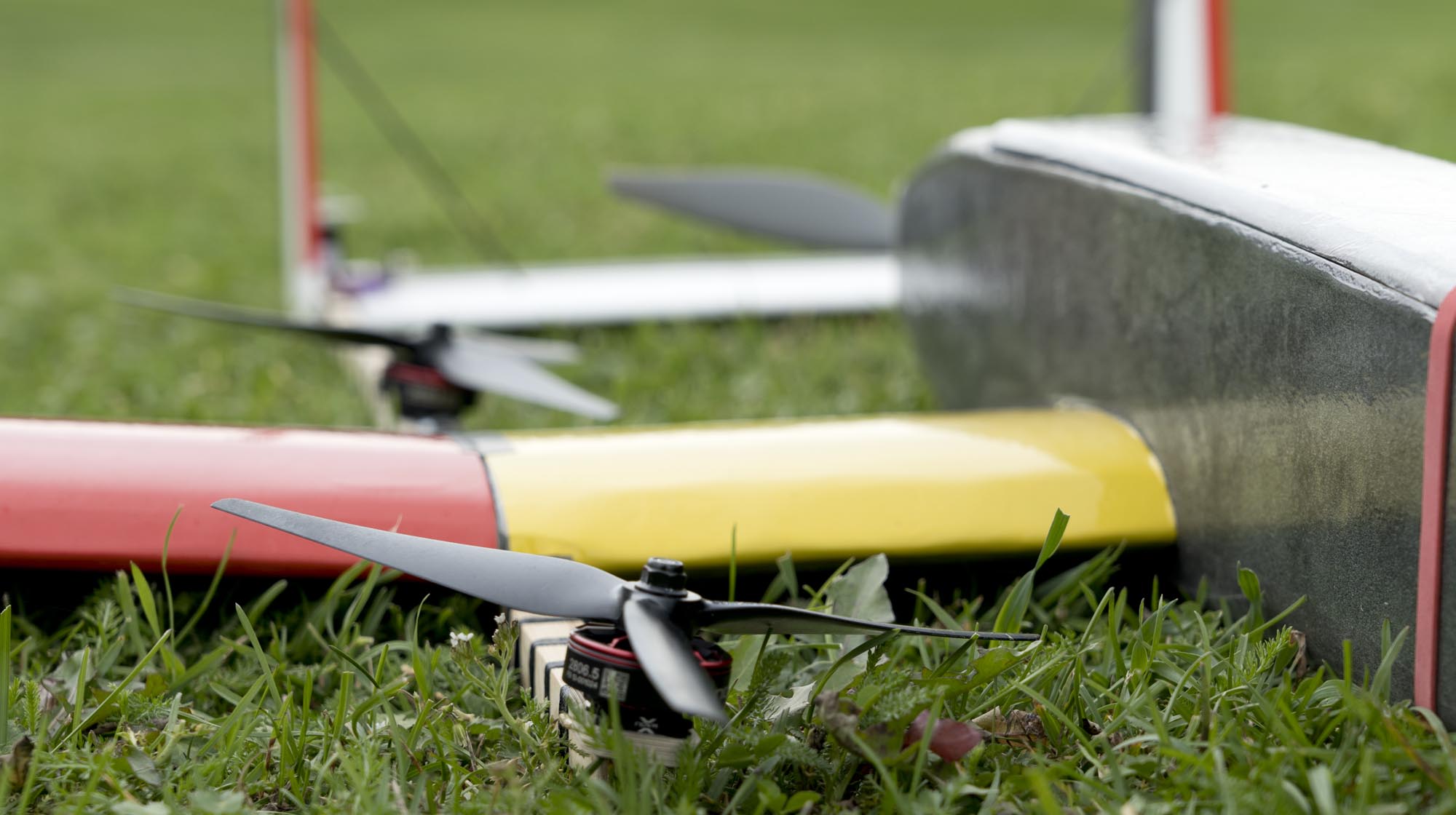
I noticed on the first test hover that I had very bad yaw control. It was almost impossible to point the nose of the plane in the direction I wanted. After this, I tried to angle the motors and this worked great. It is still not as agile as a normal quadcopter, but controllable enough. Quadplanes often have sluggish yaw control because of there large moment of inertia compared to normal quadcopters.
